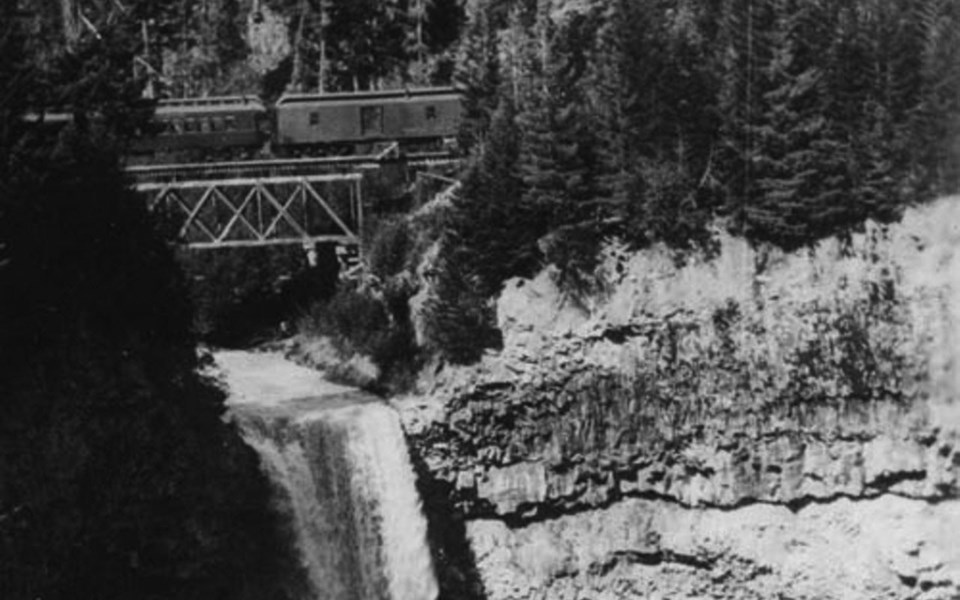The past year has been one of great exhilaration, vision, and accomplishment for the Whistler Museum & Archives Society. Together with the board of trustees, staff, and volunteers, the museum continued to advance its mission to collect, preserve, document, and interpret the natural and human history of mountain life in Whistler, and broaden our program offerings.
Last year, 2018, marked the busiest year in the museum's history with over 12,800 exhibit visits and an additional 10,600 people partaking in the museum's many events and programs. These programs included our long-running Valley of Dreams Walking Tour, which educates guests and locals alike on the pioneer history of the region, tales behind the development of the mountains, and the 2010 Winter Olympic and Paralympic Games. The tour is currently in its 22nd year, and runs daily throughout June, July, and August.
The museum's Discover Nature program was another highlight from the past year. This program, which runs in July and August, included a Discover Nature Station at Lost Lake Park and a nature-based walking tour. Our friendly interpreters used the touch-table items to engage participants and to encourage questions about the marvels of nature. Participants also had the opportunity to dig deeper into any of our items on display (or things not on display) to discover fun facts about some of Whistler's local organisms.
Other museum program highlights this year included Kids Après, Crafts in the Park (in partnership with Whistler Public Library), Nature 101 training seminars, our third-annual Mountain Bike Heritage Week, Feeding the Spirit, and of course, our long-running Speaker Series.
My personal favourite speakers-series event was with Julie Gallagher, who grew up at Brandywine Falls, and whose parents Ray and Ruth Gallagher ran a resort in the current location of Brandywine Provincial Park. After delivering a riveting talk on April 28, Julie offered to take staff and guests on a walk through Brandywine Falls the following day, describing where many lost structures were located, and even showed us a few remnants of the structures just off the main viewing area that I personally have walked past many times but would never had noticed if she had not pointed them out.
One of the major accomplishments of the museum this year was the completion of Coast Mountain Gothic: A History of the Coast Mountain Gothic Arch Huts, a virtual exhibit with the support of the Virtual Museum of Canada. This exhibit explores the story, design, and construction of Coast Mountain Gothic Arch Huts, and the people and organizations who brought them to life. This was a major endeavour that took over two years to complete, and was also the museum's first fully bilingual exhibit, with all interpretive text available in French. You can check out the exhibit on our website under exhibits: VMC-Coast Mountain Gothic.
Given our lack of physical space in our current location, we are glad to have the opportunity to tell Whistler's stories through our "Museum Musings" column every week—thanks to the Pique for allowing us to share 52 Whistler narratives in 2018 that would have otherwise been left untold. We are grateful to everyone who reads our column and attends our events. Thank you for your continued support, and we'll see you in the new year.




